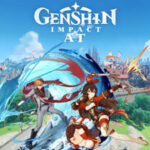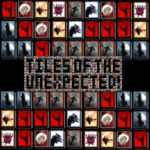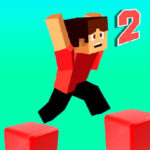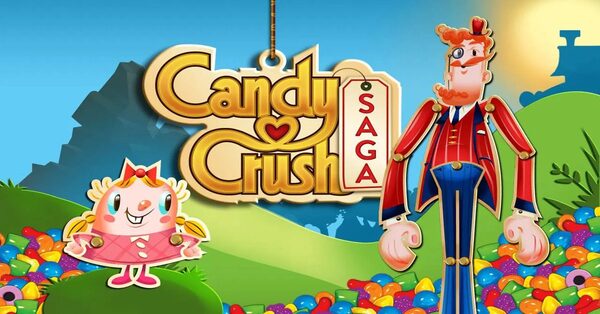Introduction: Why The Legend of Zelda Continues to Reign Supreme
The Legend of Zelda franchise is one of the most enduring and influential titles in gaming history. Since its debut in 1986, this series has evolved across decades while maintaining the core elements that have captivated millions—exploration, puzzle-solving, and a deeply immersive world. From the early pixelated dungeons of the NES to the sprawling, open landscapes of Breath of the Wild and Tears of the Kingdom, the franchise has remained at the cutting edge of game design.
In this in-depth article, we will journey through the world of The Legend of Zelda, from its earliest roots to its modern reinvention. Each section is structured to reflect the chronological evolution and thematic maturity of the series.
The Origins: A New Kind of Fantasy Game
The original Legend of Zelda was revolutionary in 1986. At a time when games were largely linear, Zelda introduced open-world exploration and nonlinear gameplay. Players took on the role of Link, a silent protagonist tasked with rescuing Princess Zelda and defeating the evil Ganon.
What made this groundbreaking:
-
Freedom to explore in any direction
-
No strict tutorial or handholding
-
Players had to discover secrets through experimentation
This departure from hand-holding created a sense of wonder and immersion that few games at the time could replicate.
The Golden Era of 2D: Link to the Past and Awakening
As the franchise matured into the SNES era, A Link to the Past refined the formula. It introduced the concept of dual worlds—Light and Dark—and added layers of complexity to both puzzle design and storytelling.
By contrast, Link’s Awakening on the Game Boy brought Zelda’s magic to handheld devices. It was quirky, experimental, and emotional. Despite hardware limitations, it managed to evoke a deep sense of melancholy and identity—unusual for its time.
Ocarina of Time: The Leap to 3D and Timeless Legacy
1998’s Ocarina of Time marked the series’ first foray into 3D, and it set a gold standard for action-adventure games. With innovations like Z-targeting and a fully explorable 3D Hyrule, the game remains a benchmark for design.
Notable features:
-
Time travel mechanics
-
Day and night cycle
-
Memorable characters like Sheik, Navi, and Ganondorf
It was also the first Zelda title to dive deeper into narrative themes of growing up, sacrifice, and the passage of time.
Majora’s Mask: Darkness, Time, and Existential Themes
Built on the Ocarina of Time engine, Majora’s Mask took a bold creative turn. The game featured a three-day cycle in which the world would end unless Link could stop it. Every NPC had a schedule. Emotions ran high.
What set it apart:
-
Darker tone
-
Deeper emotional stakes
-
Time pressure and anxiety-inducing gameplay
Despite being divisive upon release, it is now considered one of the series’ most artistically ambitious entries.
The Cel-Shaded Gamble: Wind Waker’s Bright Revolution
Wind Waker (2002) shocked fans with its cartoonish art style, especially after the realism of Ocarina of Time. But it proved that visuals do not define the essence of a game.
Key highlights:
-
Sailing and ocean exploration
-
Expressive characters
-
A vibrant world full of life
Twilight Princess: A Return to Darkness
After Wind Waker, Nintendo shifted gears again. Twilight Princess (2006) was darker, grittier, and aimed to recapture the magic of Ocarina of Time. The world of Hyrule was expansive, and the transformation mechanic into Wolf Link offered new gameplay possibilities.
Notable elements:
-
A more mature narrative
-
Unique companion in Midna
-
Improved combat mechanics
Though it was criticized for being too derivative at times, it nonetheless delivered a powerful story and dense dungeons.
Skyward Sword: Innovation Meets Polarization
Released in 2011, Skyward Sword experimented with motion controls via the Wii MotionPlus. It aimed to tell the origin story of Link and Zelda’s eternal bond.
Gameplay features:
-
One-to-one sword motion
-
A fully orchestrated soundtrack
-
A more linear, chapter-based structure
Breath of the Wild: Reinventing Everything
2017’s Breath of the Wild was a paradigm shift—not just for Zelda, but for open-world games as a whole. Players were dropped into a fully open Hyrule with minimal guidance.
Innovations:
-
Physics-based interactions
-
Breakable weapons
-
Environmental survival mechanics
What made it a masterpiece:
-
Freedom of movement and strategy
-
Dozens of organic solutions to any problem
-
A living world with its own logic
It redefined the Zelda formula while paying homage to the original 1986 game’s ethos: exploration and curiosity over instruction.
Tears of the Kingdom: Evolution, Not Revolution
As a direct sequel to Breath of the Wild, Tears of the Kingdom built on its predecessor’s foundation with new verticality, crafting, and story expansion. The introduction of sky islands, underground zones, and fusion mechanics enriched the gameplay loop.
Key systems:
-
Ultrahand and vehicle-building
-
Deeper questlines and NPC development
-
Lore expanding on Zonai civilization
Though not as revolutionary as its predecessor, it refined and deepened the mechanics, offering hundreds of hours of emergent gameplay.
Legacy, Cultural Impact, and What Comes Next
Over nearly four decades, The Legend of Zelda has become more than just a game—it is a cultural touchstone. It inspired countless developers, defined design principles, and even influenced music, fashion, and storytelling.
Impact highlights:
-
Iconic music themes reused across media
-
Pioneered save systems, 3D combat, and environmental puzzles
-
Consistent presence in “Greatest Games of All Time” lists
Fans now eagerly await what Nintendo will do with the franchise on its next console. Will it continue the open-world legacy, or reinvent once again?
Final Rating: 9.7/10
The Legend of Zelda is a masterclass in reinvention. Every generation of players finds a version of Hyrule that speaks to them. From the NES roots to open-world majesty, the series has maintained its integrity and magic. Few franchises have remained this relevant and revolutionary for so long.





























